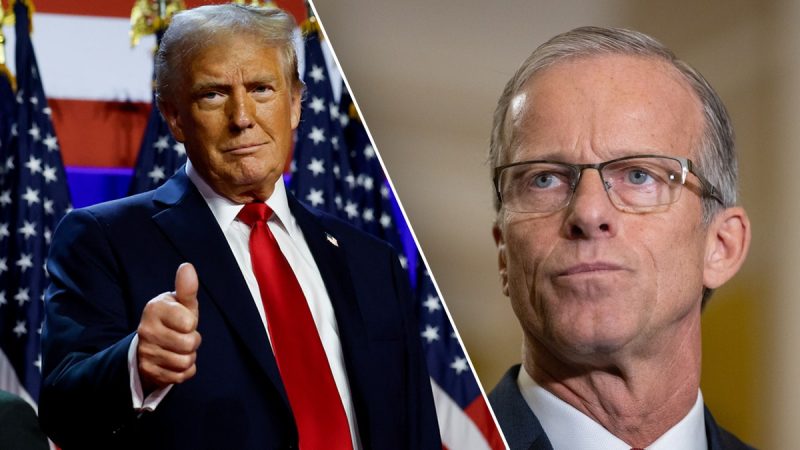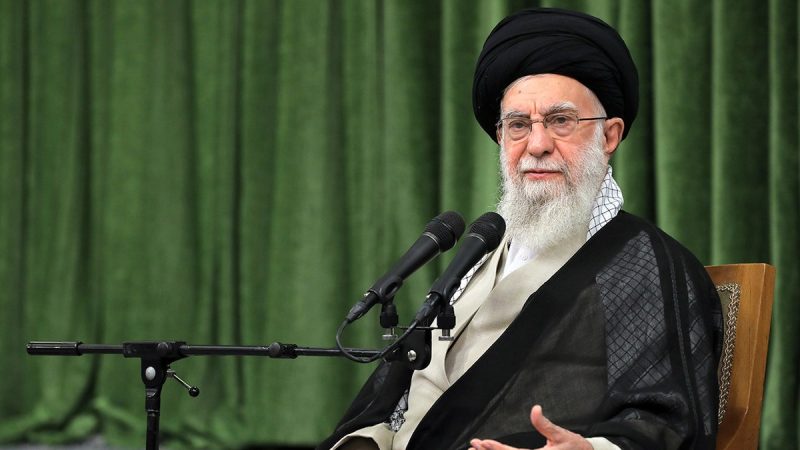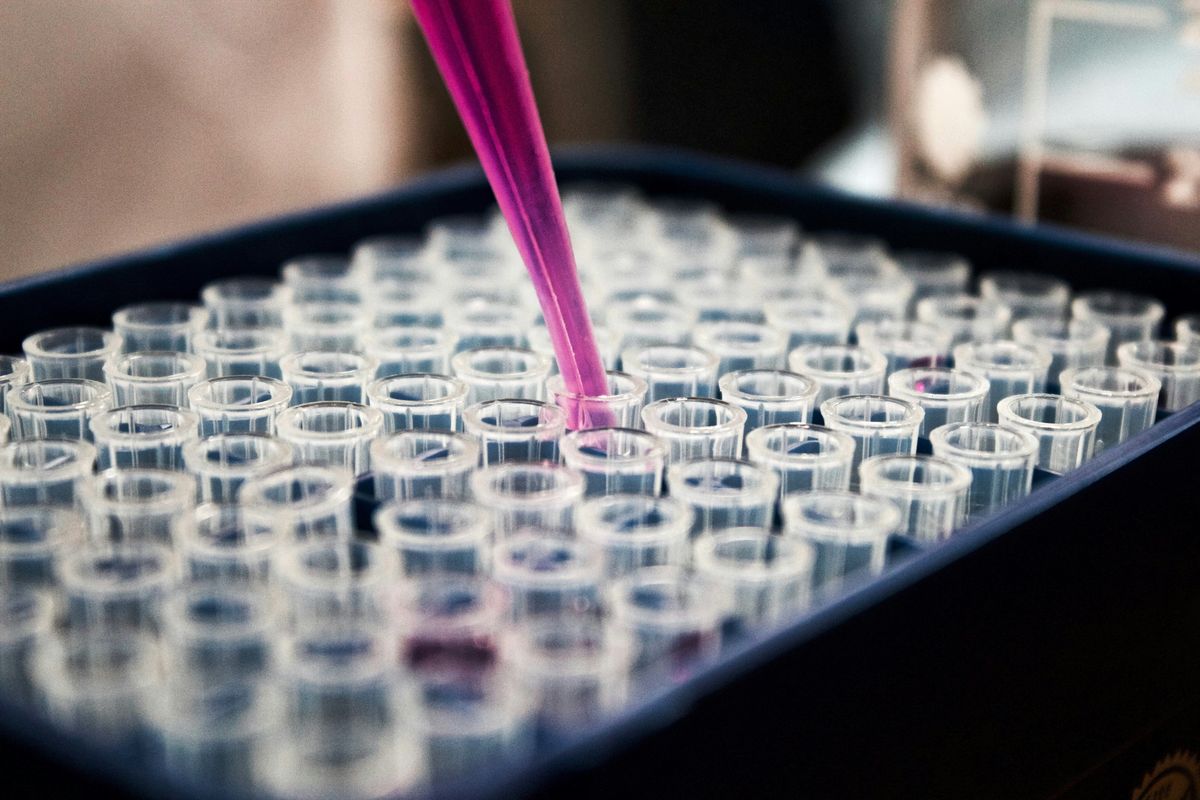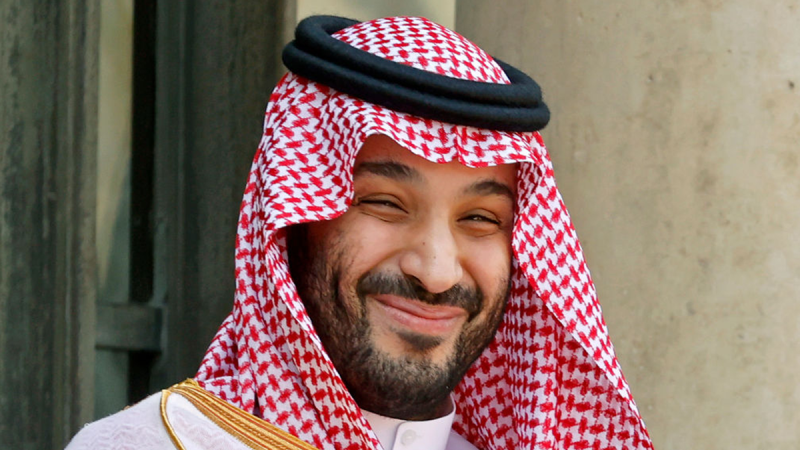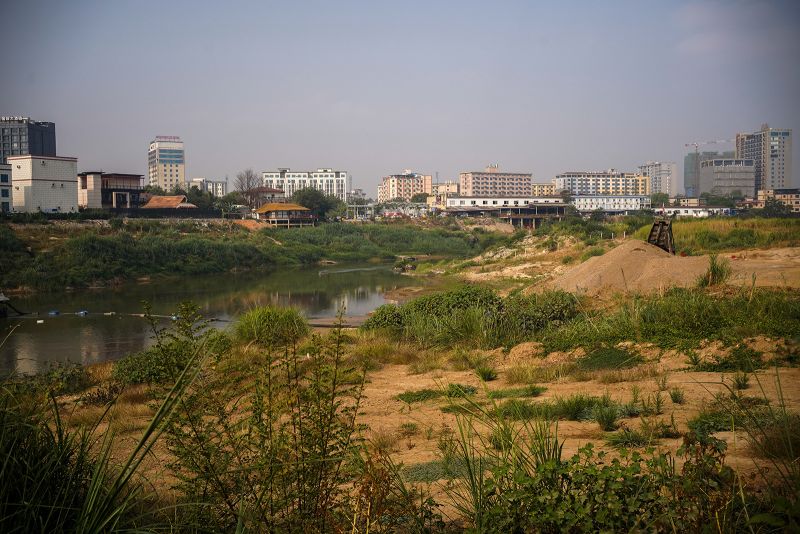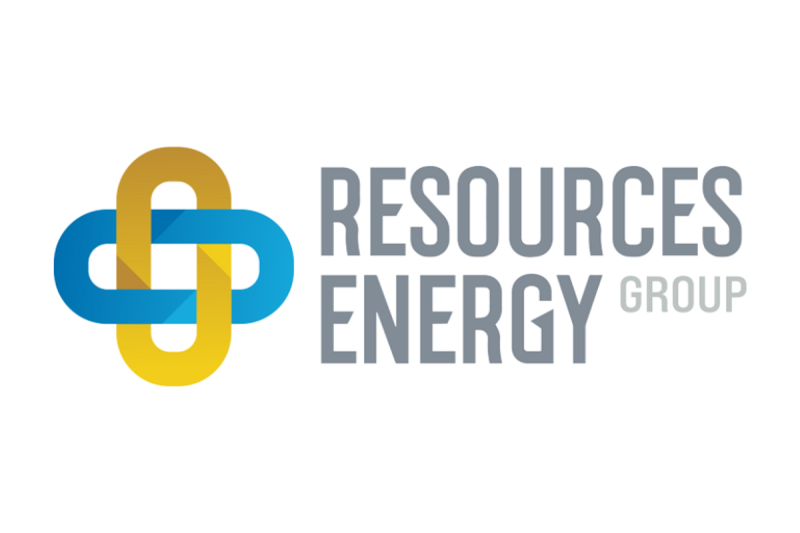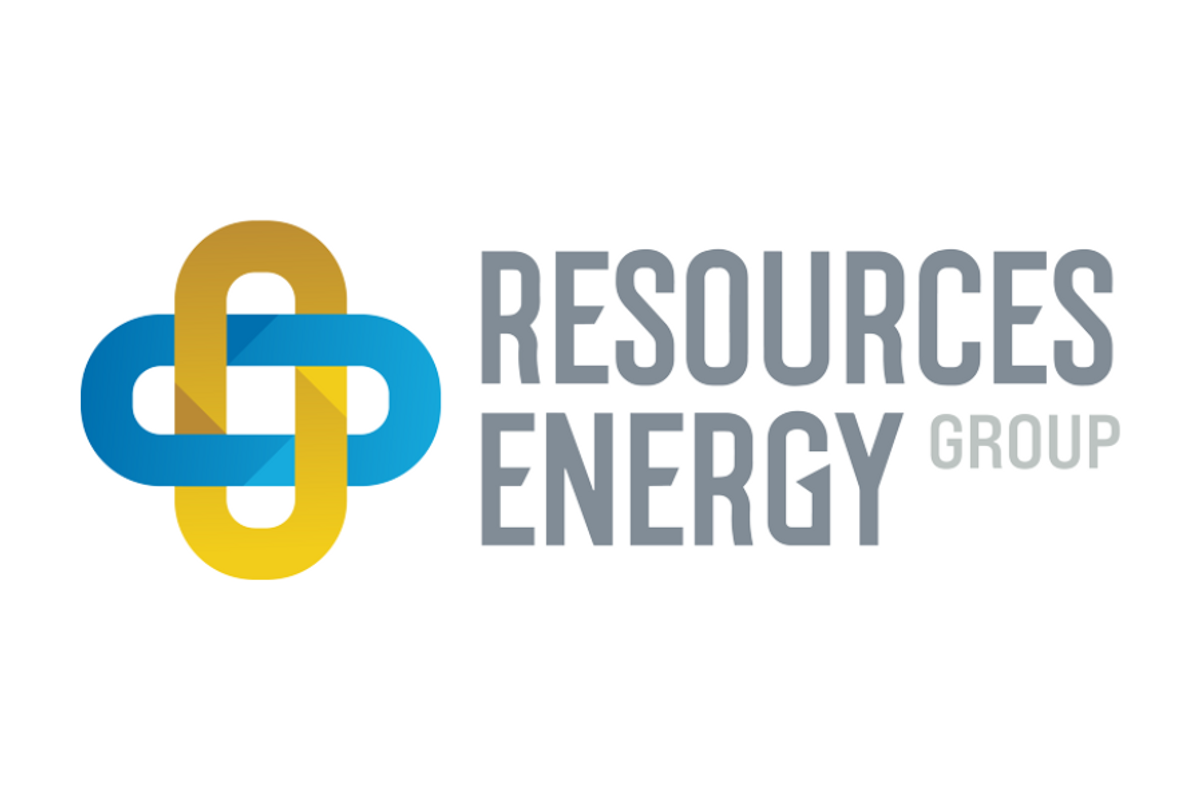
President Donald Trump and Israeli Prime Minister Benjamin Netanyahu addressed reporters at the White House Tuesday, during which the president laid out his plan for the US to “take over” Gaza, relocate Palestinians to neighboring countries, and redevelop the war-torn enclave into what he described as the “Riviera of the Middle East.”
Trump’s shocking comments break with decades of US foreign policy, which has long emphasized a two-state solution for Israel and Palestine, as well as the president’s past wariness over US intervention in the Middle East.
Here is what we know about Trump’s vision for Gaza – which is home to some two million Palestinians – including just how feasible such a proposal even is.
“The US will take over the Gaza Strip and we will do a job with it too,” Trump said, unveiling what he called his “long-term ownership” and redevelopment plan for the enclave, much of which has been reduced to rubble after 15 months of war between Israel and Hamas.
Israeli airstrikes have damaged or destroyed around 60% of buildings, including schools and hospitals, and around 92% of homes, according to the United Nations.
“We’ll own it and be responsible for dismantling all of the dangerous unexploded bombs and other weapons on the site, level the site and get rid of the destroyed buildings,” Trump said Tuesday.
Trump did not rule out sending in US troops, saying “as far as Gaza is concerned, we’ll do what is necessary.”
It’s not clear how exactly Trump’s proposed land grab would work, and analysts have cast doubt on the feasibility of his plan.
Most of the two million people living in Gaza won’t want to leave, Sanner said, raising the question of whether they could be forcefully removed – which is prohibited under international law.
“That means that somebody, maybe the United States,” would have to step in – because “no Arab army is going to be carting people against their will out of their homeland,” Sanner said.
Trump’s plan flies in the face of the aspirations of Palestinians, who have long advocated for statehood and roundly dismissed Trump’s relocation proposal when he first floated it two weeks ago.
There are already about 5.9 million Palestinian refugees worldwide, most of them descendants of people who fled with the creation of Israel in 1948. Half of Gaza’s population were already refugees from outside the coastal strip. Approximately 90% of Gaza residents were displaced in the latest war, and many have been forced to move repeatedly, some more than 10 times, according to the UN.
Trump rejected the idea that displaced Palestinians would want to return to Gaza, describing it as a “symbol of death and destruction.”
“Why would they want to return? The place has been hell,” Trump said, ignoring a reporter who cried out: “Because it’s their home.”
Instead of Gaza, Trump suggested the Palestinians be provided a “good, fresh, beautiful piece of land” to live.
Tens of thousands of Palestinians walked for hours to return to their bombed-out homes in Gaza after a ceasefire came into force in late January.
A Hamas official called Trump’s plan a “recipe for creating chaos.”
“Our people in the Gaza Strip will not allow these plans to pass, and what is required is to end the occupation and aggression against our people, not expel them from their land,” spokesperson Sami Abu Zuhri said late Tuesday local time.
When asked whether he supports Israel’s claim to the occupied West Bank, which is home to more than three million Palestinians and coveted by far-right hardliners in Israel, Trump said “we haven’t taken a position on it yet” but said an announcement would be coming soon.
A shift would not be unprecedented. During his first term, Trump broke with decades of US foreign policy by recognizing Israeli sovereignty over the occupied Golan Heights. He also recognized Jerusalem as Israel’s capital, moving the US Embassy there.
The Israeli Palestinian conflict has been one of the Middle East’s most intractable problems. But Trump has portrayed it as a business opportunity.
The “potential in the Gaza Strip is unbelievable” and that it could become the “Riviera of the Middle East,” the real-estate investor turned president said.
“We have an opportunity to do something that could be phenomenal. And I don’t want to be cute, I don’t want to be a wise guy, but the Riviera of the Middle East, this could be something that could be so — this could be so magnificent,” Trump told reporters.
Asked who he envisions living in Gaza, Trump said, “I envision the world people living there. The world’s people. I think you’ll make that into an international, unbelievable place,” positing that some Palestinians might live there one day.
The president also said he plans to visit Gaza soon.
Last month, Trump praised Gaza as having a “phenomenal location, on the sea” and “the best weather,” echoing remarks made in 2024 by his son-in-law Jared Kushner, who called the waterfront property in Gaza “very valuable.”
Trump’s Special Envoy to the Middle East, Steve Witkoff, is also a real estate developer. Witkoff traveled to Gaza last week, becoming the first high-ranking US official known to visit the strip in years.
Israel’s far-right has long endorsed the idea of expelling Palestinians from Gaza and the West Bank, and lawmakers welcomed Trump’s comments about taking over the strip.
Jewish Power party leader Itamar Ben Gvir, who resigned as national security minister last month in protest over the Gaza ceasefire and hostage release deal, urged Netanyahu to adopt Trump’s plan in a statement to X Wednesday.
“Now it is clear: this is the only solution to the Gaza problem — this is the strategy for the ‘day after,’” he said.
While Israel’s government has previously rejected claims that it plans to force Palestinians out of Gaza, Netanyahu expressed support for Trump’s vision.
Pointing to Israel’s war objective of making sure Gaza does not pose a threat to it, Netanyahu said, “President Trump is taking it to a much higher level. He sees a different future for that piece of land that has been the focus of so much terrorism.”
The Israeli leader said Trump’s idea could “change history” and that it is “worthwhile really pursuing this avenue.”
Trump told reporters that “everybody (he’s) spoken to loves the idea of the United States owning that piece of land” and that he hoped Jordan and Egypt would take in forced out Palestinians.
But Arab nations have long rejected any forced displacement of Palestinians from Gaza, which critics have argued would amount to ethnic cleansing.
In a statement Wednesday following Trump and Netanyahu’s news conference, Saudi Arabia affirmed its “unwavering” support for a Palestinian state and demanded an end to Israeli occupation.
“Achieving lasting and just peace is impossible without the Palestinian people obtaining their legitimate rights in accordance with international resolutions, as has been previously clarified to both the former and current US administrations,” the Saudi Foreign Ministry said in a statement to social media.
Saudi Arabia, Jordan, Egypt and other Arab allies issued a statement last week reaffirming their long-held desire for a two-state solution and pledging their “continued full support for the steadfastness of the Palestinian people on their land.”
Trump’s remarks drew criticism and skepticism from lawmakers, including some Republicans.
South Carolina Republican Sen. Lindsey Graham called it an “interesting proposal” but also “problematic.”
“We’ll see what our Arab friends say about that. I think most South Carolinians would probably not be excited about sending Americans to take over Gaza. I think that might be problematic. But I’ll keep an open mind,” he said.
North Carolina Republican Sen. Thom Tillis said that “there are probably a couple of kinks in that Slinky, but I’ll have to take a look at the statement.”
New Hampshire Sen. Jeanne Shaheen, the top Democratic on the Foreign Relations Committee, said the idea “fails to recognize the need to have a Palestinian state, and the fact that until we address the concerns of the Palestinians, there will continue to be conflict in the region.”
Sen. Chris Coons, another key Democratic member of the committee, said Trump’s plan is “between offensive and insane and dangerous and foolish.”
This post appeared first on cnn.com




